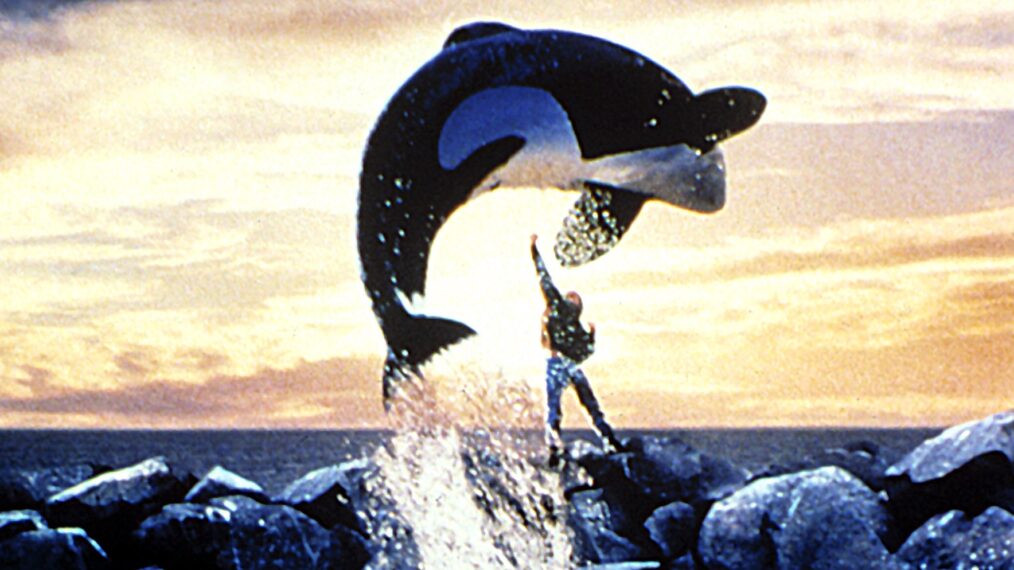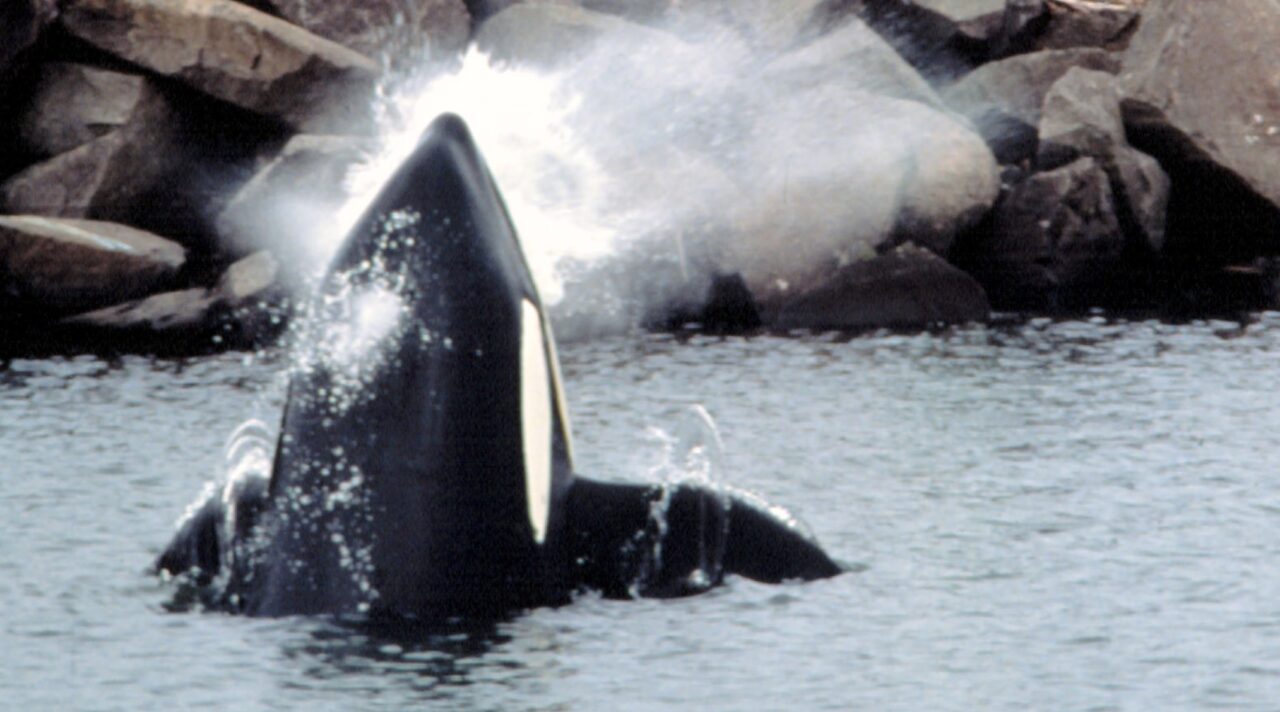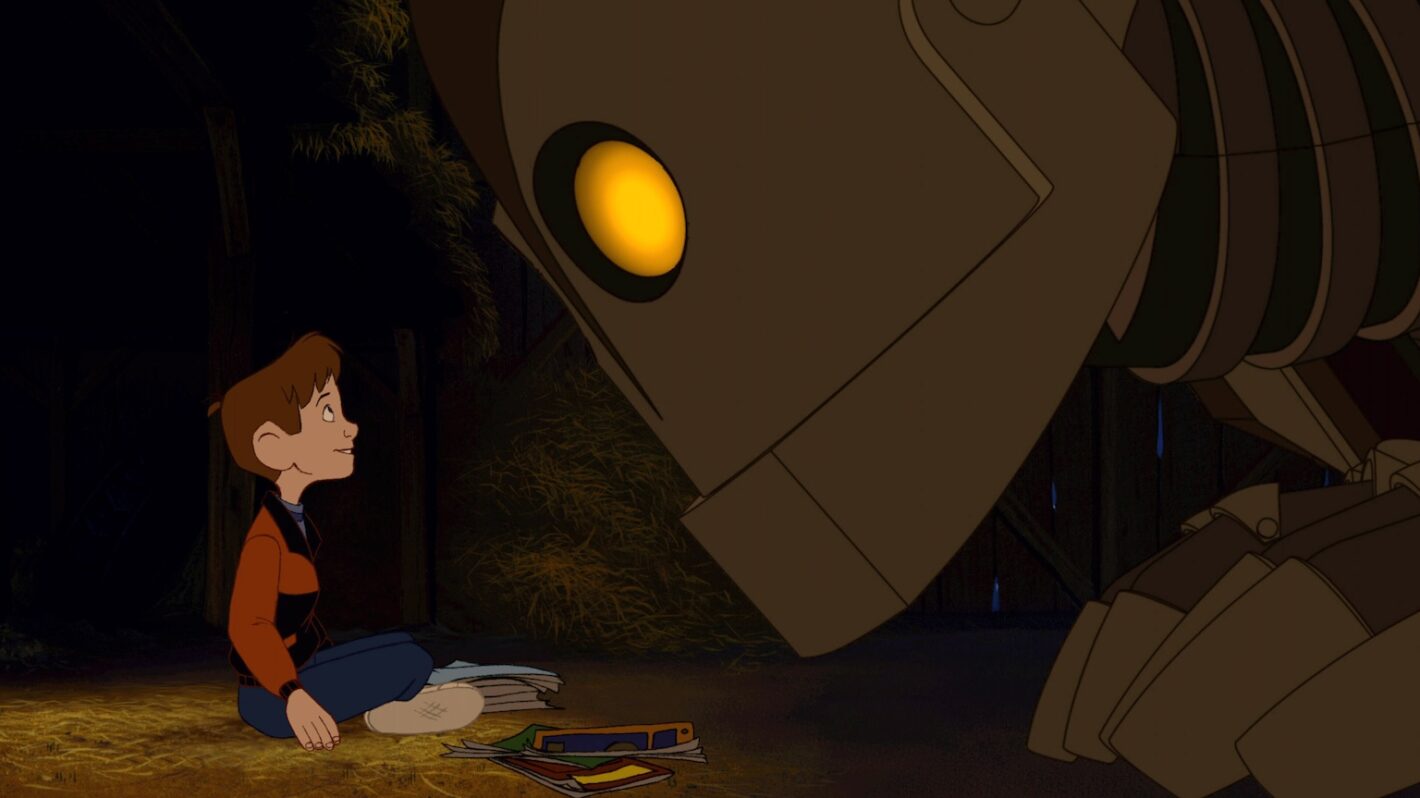The Heartbreaking Real Story Behind the Whale Who Starred in ‘Free Willy’

What To Know
- Keiko, the orca star of 1993’s Free Willy, lived in poor conditions in a cramped Mexican amusement park pool.
- Public outcry and media attention following the film led to a movement to free Keiko.
- Despite his release, Keiko struggled to adapt to the wild, continued seeking human contact.
In the 1990s, movies featuring unlikely friendships between humans and animals were at an all-time high. Films such as 1995’s Babe, 1996’s Fly Away Home, 1997’s Air Bud, and 1998’s Paulie are just a small example of the strong bond that can exist between feathered and furred friends and the people who love them, capturing a decade obsessed with heartfelt, family-friendly adventures.
But no other film captured this better than the film that kick-started the ’90s animal-buddy craze: 1993’s Free Willy. Directed by Simon Wincer, the family adventure film follows a troubled 12-year-old boy, Jesse (Jason James Richter), who befriends a captive orca named Willy. When Jesse discovers that the owners plan to kill Willy for insurance money, he teams up with caring adults to help the whale escape back to the ocean.

Warner Bros. / Courtesy Everett Collection
However, as it turns out, the evil adults were not just in the movie.
Keiko the killer whale was the finned star of Free Willy, who, despite starring in a hit film, fans soon learned that the beloved orca was living a subpar life in a cramped pool at an amusement park in Mexico City. Sick from years in captivity, Keiko became the center of a growing movement as fans and animal activists rallied to fight for his freedom.
According to the Orca Network, Keiko’s tragic life started young when he was kidnapped from his pod out of the Atlantic Ocean near Iceland and sold for $50,000 to an Icelandic aquarium or zoo around 1980. Then known as Kago, he was bought by Marineland, where he spent years isolated in a tank until he was sold to an amusement park in Mexico City for $350,000.
In a New York Times podcast titled “The Good Whale,” Keiko was wasting away in a tiny, man-made pool in a Mexican amusement park before fans became aware of his situation. Despite being loved by his handlers and those who took care of him at the park, they were helpless to aid the creature, who was in a pool “smaller than some swimming pools in Beverly Hills” with water that wasn’t proper seawater, but rather fresh water with salt added to it.

Warner Brothers/courtesy Everett Collection
After Free Willy became a surprise hit, Keiko’s story quickly took center stage. Journalists began digging into the whale behind the movie and uncovered his poor living conditions. When fans learned of his predicament, they flooded the studio, animal organizations, and the park with thousands of pleas asking why “Willy” wasn’t free.

Warner Bros./courtesy Everett Collection
The public outcry only intensified the media attention, and fans soon rallied to help Keiko, along with other captive whales. A toll-free phone number was in the film’s end credits to support efforts to stop commercial whaling, and many callers used it to demand that Keiko be set free.
Keiko the orca was fully released into the ocean off Iceland in July 2002; however, he continued to seek human contact, showing his deep attachment to people formed during his long time in captivity, unable to adapt completely to the wild. Keiko died in December 2003 from acute pneumonia at the age of 27. He passed away in Norway after beaching himself.

